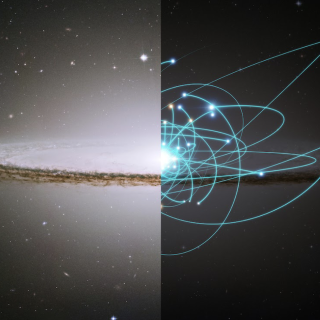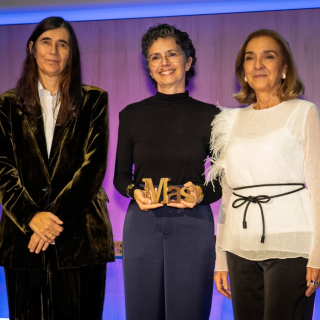Una representación de la Comisión de Industria, Comercio Exterior, Investigación y Energía del Parlamento Europeo, encabezada por su Presidente, Carlos Westendorp, visitará los días 20 y 21 de enero las instalaciones del Instituto de Astrofísica de Canarias (IAC) y sus Observatorios del Teide (Tenerife) y del Roque de los Muchachos (La Palma). Durante su visita, los europarlamentarios estarán acompañados por el Secretario de Estado de Política Científica y Tecnológica del Ministerio de Ciencia y Tecnología, el Director General de Investigación de este Ministerio y el Presidente de la Comisión de I+D del Senado, así como por el Director del IAC y por otros investigadores de este Instituto.
A su llegada a La Palma, el sábado día 19, se celebrará una cena ofrecida por el Alcalde de Breña Baja, Jaime Sicilia, municipio donde se va a construir la sede del IAC en La Palma. El domingo, día 20, visitarán el Observatorio del Roque de los Muchachos (La Palma), donde recorrerán sus instalaciones y conocerán los proyectos más importantes, en especial las obras del Gran Telescopio CANARIAS (GTC). La jornada concluirá con una cena ofrecida por el Secretario de Estado, Ramon Marimon.
El lunes, día 21, se trasladarán a Tenerife para conocer las instalaciones del Instituto de Astrofísica en La Laguna y del Observatorio del Teide. La jornada concluirá con una cena ofrecida por el Vicepresidente del Gobierno de Canarias, Adán Martín.


